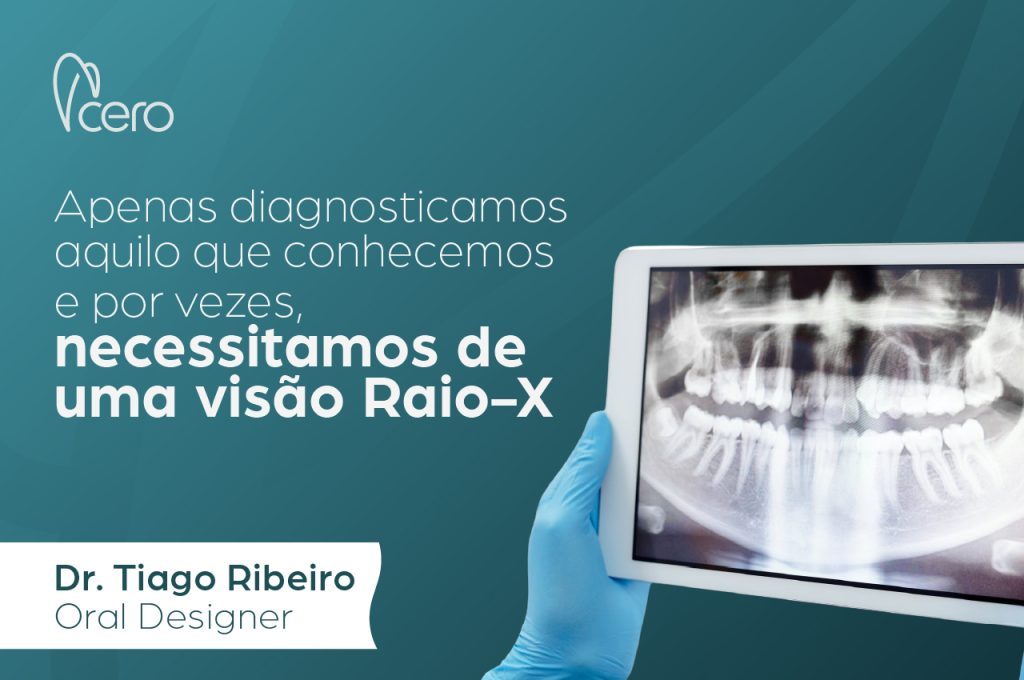Procedures under general anesthesia in oral surgery
Nowadays, the definition of Health is much more than just the absence of disease.
It is a somewhat elastic concept; it can be defined merely as the absence of disease and/or disability, or it can be given a much more positive meaning, as stated in the Constitution of the World Health Organization (1948):
Health is a state of complete physical, mental, and social well-being, and not merely the absence of disease or infirmity.
Therefore, our daily work fits perfectly within this concept of Health, where we work towards combating disease and pain, but always without forgetting well-being.
In modern Dentistry, and particularly in Oral Surgery, we are now able to carry out our procedures with pain and discomfort levels very close to zero, or at worst, controlled within limits acceptable and tolerable for our patients.
On the other hand, there are situations where local anesthesia, conscious sedation, and/or chemical sedation are not sufficient to allow us to operate safely, effectively, and efficiently.
We refer to the following situations:
– Patients with physiological-pathological conditions requiring closer monitoring by the Medical team, both surgeons and anesthetists.
– Patients who have difficulty keeping their mouth open for the necessary duration of their specific treatment.
– Patients with phobias, fears, and traumatic past experiences who do not meet the necessary conditions to allow the Medical team to perform their work under the best circumstances.
– More complex and extensive surgeries that require general anesthesia, such as surgery for the placement of Zygomatic implants.
Regarding safety and trust on the part of our patients, we believe it is important to emphasize that the primary mission of the Medical team is to ensure that medical procedures preserve the health and life of patients above all else. To this end, we assemble a team including an anesthesiologist, nursing staff, lead surgeon, assistant surgeon, and Oral Rehabilitation team.
Current procedures under general anesthesia are extremely safe and constitute a viable option when that is the chosen approach.
The selection of patients for general anesthesia begins at the first consultation, when often the patient themselves says, even before sitting in the chair for the consultation, that they will only be treated if they are asleep.
Obviously and very evidently, many people say this as a way to immediately express their fears, phobias, and anxieties at first contact. Many also do so as a way to warn the professional that they will be very difficult to treat.
During the consultation, as the medical team becomes familiar with the diagnosis, a first Treatment Plan gradually begins to take shape, with its complexity and specific extent to each clinical case and, for the most part, to each patient.
At our C.E.R.O., we do not treat mouths or teeth; we treat people, we treat individuals, each with their own goals, each with their own ways of being and thinking, and each with their associated pathologies, medications, and risk potential.
When both the Patient and the Medical Team conclude that treatment should occur under general anesthesia, the entire process begins that will lead the patient to the anesthesiology consultation.
Medical exams requested by the medical team:
– Blood tests
– Chest X-ray
– ECG (Electrocardiogram)
Location of the anesthesiology consultation:
– According to the availability of the Anesthesiology team for the desired dates, this may take place in the Hospital or in one of our CERO Clinics, in Lisbon or Almada.
Cost for the Patient:
– There is a fixed price for the patient that covers the rental of the Operating Room, Recovery Unit, overnight stay if necessary, medical auxiliary staff, Nursing team, and Anesthesiology team, all of which belong to the Hospital.
Types of treatments performed under general anesthesia:
– Surgical procedures whose extent justifies the use of this method.
– If no other option exists, also for minor surgical procedures.
– Regardless of extent, all surgical procedures will be done in a single surgery, except in rare cases which are explained in detail to the patient during the Oral Surgery consultation.
Does everyone qualify for General Anesthesia?
– General anesthesia is used for routine surgical procedures, which are planned and studied in advance, as well as for emergency procedures where the risk of not intervening is greater for the patient than the risk of intervening, especially when the patient’s life is at risk.
– There is an international classification for patients who will undergo general anesthesia, given by the Anesthesiology Team.
– For surgical procedures such as those we perform, which are scheduled and neither urgent nor emergent, we only operate on patients with a very good classification—that is, those for whom the risk either does not exist or is minimal and perfectly controllable in the Operating Room during surgery and afterwards in the Recovery Unit.
– Maximum Safety
– If there is a pre-existing or underlying pathology, whenever possible, we refer the patient to their attending physician to control, stabilize, or treat that pathology before considering placing the patient under General Anesthesia.
We tend to look at it and talk among ourselves in the Team—and, loosely speaking and with all due respect and distance, without wishing to speculate or disrespect other professions, quite the contrary—as if a surgery, and in this specific case a surgery in the Hospital Operating Room under General Anesthesia, is like an airplane trip. For us to be able to take off, we, the medical team, after doing our check-ups, double check-ups, and sometimes triple check-ups—so many times we study and do our pre-surgical work (our flight plan)—only proceed with takeoff after the green light from the control tower, after the green light from anesthesiology. So much so that, before finishing the surgery, a little beforehand, we must notify anesthesiology that we are requesting permission to land, so the anesthesiology team can bring us back to the runway and thus conclude the trip.
It has been a pleasure for me to share ideas and knowledge with you.
On behalf of myself and the entire team at the Center for Aesthetic and Oral Rehabilitation of Lisbon, I say goodbye for now with a “see you soon” to discuss another topic that is of interest to patients who hear so much about it, and everyone says something different, others live with false myths and empiricism, and the internet has a lot of incorrect information mixed with valuable information—and I know patients feel lost regarding this topic.
I will then talk about bone grafts and their application in Oral Surgery and Implantology.
Until then, and don’t forget to be happy.




